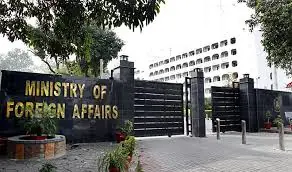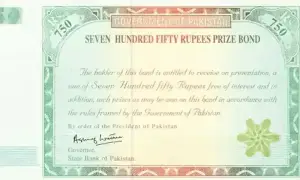What is pro rata system of electricity bill calculation
A probe led by the Federal Investigation Agency (FIA) has blamed the so-called ‘pro rata system’ for over-billing to the electricity consumers in the country, especially those consumers who were previously covered under the non-protected category.
The pro rata system used for the calculation of electricity tariff slabs catapulted hundreds of thousands of consumers from “protected” slabs to non-protected slabs and consequently their electricity bills skyrocketed. There are reports that the government is planning to scrap the system.
The FIA — in its report to the prime minister on Wednesday — said the pro rata system was introduced by the energy ministry and it precipitated hefty bills. Thus, people in the energy ministry should be held responsible.
Pro rata is a relatively new term for most Pakistanis and you may wonder what is pro rata and how the term is used in Pakistan’s power consumption context. In simple words pro rata means an “average” estimate of electricity consumption per day. The word pro rata means proportionally.
Examples of pro rata system
If you are a millennial, you may recall that electricity bills used to include a column about the meter reading modes and often the entry there read ‘‘average’’. It simply meant that the power distribution company was sending you an electricity bill without coming to your house and noting down the meter reading. The ‘‘average’’ bill took into account your power consumption pattern. If you consumed 120 units, or kilowatt hours, per month, you were sent an electricity bill for the same number of units for the month when the electricity utility did not take the reading.
This was before the regulatory authority introduced strict rules about meter readings. According to the NEPRA rules, the billing cycle for electricity is always 30 days. So, instead of sending you an average bill, the power distribution companies were required to take down the meter reading and bill you only for the electricity you consumed in 30 days. To make sure that power companies were not cheating, the rule stipulated that they will also a take picture of your meter every month and print it on your bill.
However, it is difficult for any utility to take down the reading on exactly 30th day. The meter reader could be late or early by a day or two. So, the pro rata system was introduced.
If the meter-reading date for your neighborhood is the 10th of every month, but in a given month the meter reader takes down the reading on the 8th — two days earlier –, the electricity bill will still include additional units for the remaining two days. The power distribution company will calculate the number of those units by taking an average of your consumption for the 28 days before the meter reading was noted.
Assume that you consumed 280 units between May 11 and June 8. Your average daily consumption is 10 units per day. The meter reader takes a snapshot of your meter on June 8 and the power company sends you a bill for 30 day based on their pro rata calculation. You will be billed for 300 units — not 280, even though the picture may show only a power consumption of 280 units on your bill.
Similarly, if the reading was taken down after 31 days — in our example on June 12 — the picture may show 320 units consumed but you should be billed only for 300 units. If the power company bills you for more than 300 units, it will change your tariff slab and you will have to pay around Rs3.5 extra per unit of electricity billed. After adding taxes, the “extra” amount per unit will increase severalfold.
This gap is bigger for protected consumers, who pay Rs10 per unit if their monthly consumption stays between 100 and 200 units every month for six consecutive months. As soon as any pro rata estimate concludes that they had used more than 200 units in a given month, they lose the “protected” status and per unit electricity price shoots to Rs27. This coupled with taxes, increases their monthly bill at least two folds, from around Rs2,000 to around Rs6,000.
They also lose the protected status for the next six months. So monetary loss runs into around Rs24,000 for a single consumer.
Punjab Opposition Leader Malik Ahmed Khan Bhachar claimed on Wednesday that 326,000 consumers lost their protected status because meter readings showed they consumed three units more than the 200 threshold.
Does pro rata mean over-billing
Pro rata calculation does not necessarily mean power distribution companies are involved in the practice of over-billing. The system is erroneous because it leaves room for wrong billing. What if the consumer in our example completely stopped using electricity after 28 days of the billing cycle? Should they still pay for 300 units when they have consumed only 280 units.
It is important to note that this adjustment in units is not an overcharging practice by the electricity companies, such as IESCO, FESCO, LESCO, PESCO, and K-Electric.
Instead, it is a mechanism to ensure that the billing is in line with the 30-day NEPRA rule and in some cases it may benefit consumers.
Read more
Govt to review and potentially eliminate flawed meter reading system
Explainer: How ‘illegal practices’ by govt led to inflated power bills in July and August
NEPRA decides to take action against electricity distribution companies over excessive bills
For the latest news, follow us on Twitter @Aaj_Urdu. We are also on Facebook, Instagram and YouTube.

















Comments are closed on this story.